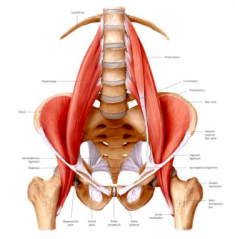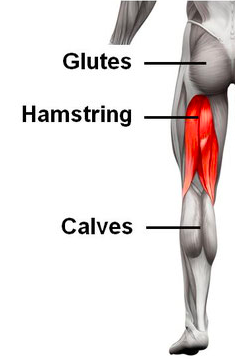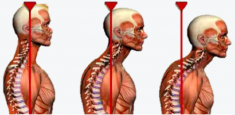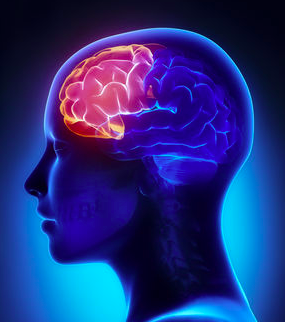I see so many people with rolled in shoulders causing impingement and straining of the rotator cuff muscles in the shoulder. In addition, I see many people with repeated strains of their hamstrings, calf muscles and even on the soles of their feet. They mention that they have had these muscles massaged and stretched out which helps for a while only for the problems to return. The reason that this occurs is because they haven’t looked at their body as a whole for if you step back and look at the whole person the answer becomes clear…
The answer lies in the brain! In the Frontal Lobe of the brain. The Frontal Lobe of the brain has 3 main jobs: 1) Inhibits (calms) your fight or flight stress response 2) Regulates your behavioural expression (ie personality) 3) Actively inhibits and relaxes the muscles that hunch us forward and curl our legs up into the foetal position. This enables you to stand in a more upright posture. The main muscles that hunch you forward are:

SCM, pectorals and biceps
-SCM (sternocleidomastoid) (the long thin muscle from the skull to the front part of your collarbone) -pectorals (chest) – biceps The muscles that curl your legs up into the foetal position are: – psoas (goes from spine to your hips) – hamstrings – calf

Psoas muscle

Hamstrings and calf muscle
If your frontal lobe is active, you have an upright posture with relaxed, flexible muscles. You are also calm and you exhibit normal behaviour and display empathy towards others. If your frontal lobe isn’t active you are more likely to stress out and overreact and your behaviour would be more impulsive, aggressive and you would be more self-centred. Your SCM, pectorals, biceps, psoas, hamstrings and calf muscles would be tighter than ever. This extra tightness of these muscles then creates an uneven pull on other joints, muscles and ligaments increasing the likelihood of injuries like: -carpal tunnel, ilio tibial band (ITB) syndrome, plantar fasciitis, calf strains, hamstring strains, hip flexor strains, bicipital tendonitis, rotator cuff tears, shoulder bursitis, tennis elbow, golfers elbow, frozen shoulder, sciatica, RSI (repetitive strain injury) etc So what causes the frontal lobe to be inactive? Since 90% of the stimulation of this part of the brain comes from your neck, a loss of the proper C-shaped curve and loss of the neck alignment results in a drastic decrease in the stimulation to the frontal lobe of your brain. As a result your frontal lobe isn’t able to send the messages to those muscles to help them relax.

The more forward your head and neck is positioned the less activation there is of your frontal lobe. That means tighter muscles.
So how can we fix it? You don’t just treat or stretch the injured area! Get to a chiropractor that focusses on the whole body but also places particular emphasis on improving the alignment and curve of the neck. It also requires you to actively participate in specific strengthening muscles that help you maintain your neck curve and a more upright posture. The better your neck curve gets the more it fires up your brain helping those muscles relax more and the better your brain is able to coordinate your body without injuring it.  So call Be Healthy Chiropractic now on 5457 0657 to improve your posture (especially your neck curve) and take the tension off of your muscles and your mind…
So call Be Healthy Chiropractic now on 5457 0657 to improve your posture (especially your neck curve) and take the tension off of your muscles and your mind…

